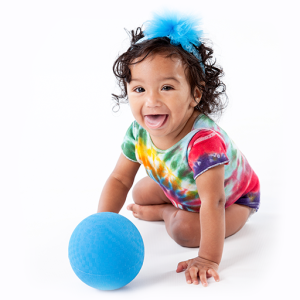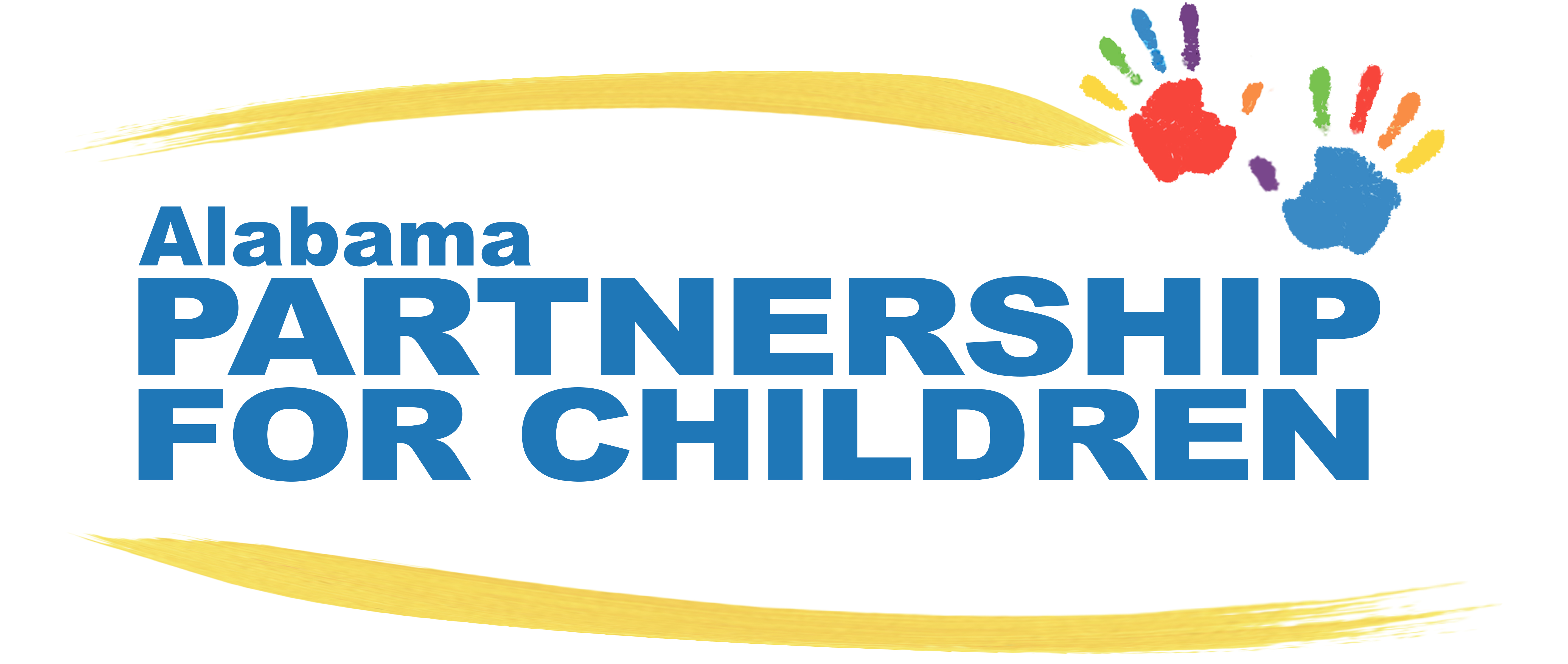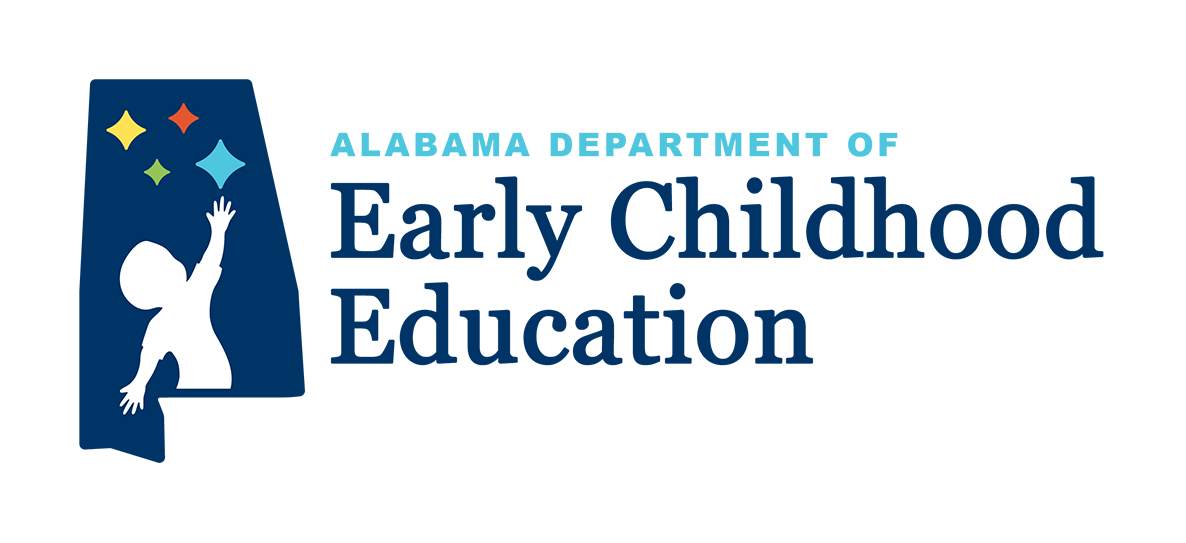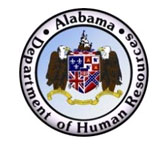Check out these milestones that represent typical development. If you have any questions or concerns about your child’s development, please feel free to contact us today by dialing 1-833-939-0336.
If your child isn’t able to do some of the items listed in their age range or for any tasks listed for a younger child, please talk to your child’s healthcare provider.
Click on the age you want to learn more about:






